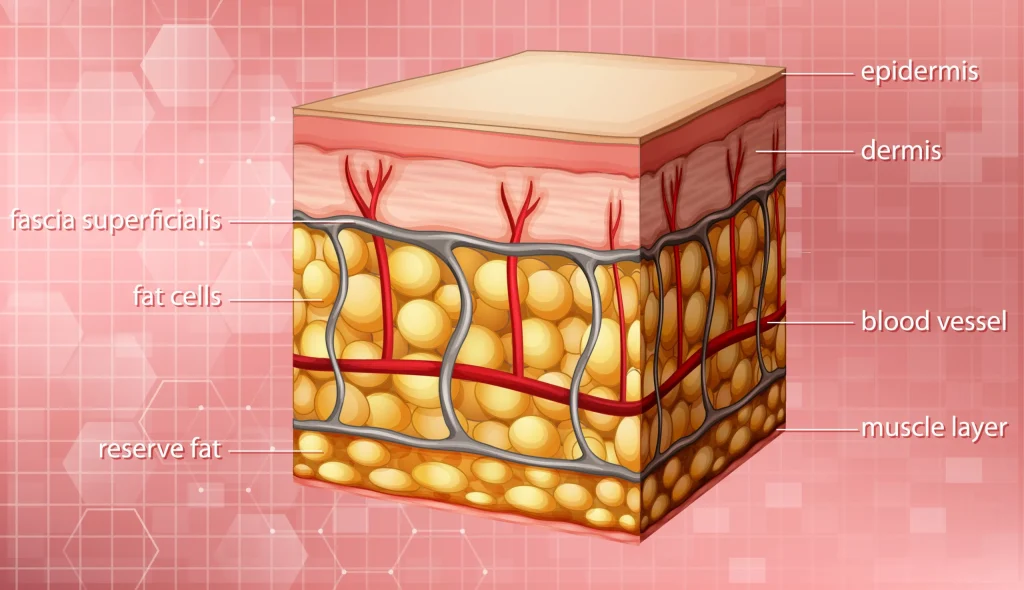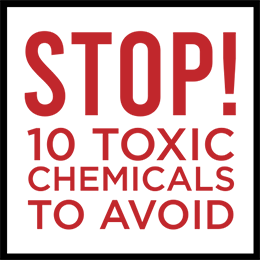The Role of Our Skin
Our skin is our body’s largest organ with three key roles:
- Keeping our bodies and organs intact (otherwise, there would simply be a pool of organs sitting here reading this!)
- Providing a barrier to help regulate body temperature, as well as maintain hydration or, more technically speaking, regulating Trans-Epidermal Water Loss (TEWL)
- Defending the body from impurities, chemicals, pollutants and other environmental factors.
While this all sounds good, it proposes a challenge for skin care chemists. You see, no matter what amazing new ingredient is discovered, its benefits are minimized by the skin’s protective barrier. Kind of ironic, don’t you think? (I can appreciate Alanis Morrissette’s lyrics and she has lovely skin!) While we work hard to help nourish and improve the skin, the skin fights our efforts every step of the way.
So, what can we do? The answer is found in finding the right delivery system for key ingredients, helping them to work synergistically with the body, and enhancing delivery deep within the lower layers of the skin.
How the Skin’s Barrier System Works
Well, let’s back up a step. I want to share the two ways the skin’s barrier system works. First: our acid mantle—while internal, an alkaline body with a higher pH has shown great health benefits, our skin’s protective layer works on the exact opposite of the spectrum. The outer layer of our skin is naturally acidic, with a pH range of 4.5 to 5.4 (that varies from person to person. The acidic barrier kills bacteria, viruses and other potential contaminants that might penetrate the skin.
The second line of defense: the skin structure itself—the skin is comprised of several different and distinct layers, each with its own specialized function. For now, we will focus on the Stratum Corneum, which is the outer most layer of the epidermis.
You may recall back in school, when they compared the skin’s protective layer as a wall, made of brick and mortar. The “bricks” portion of the model represents approximately 15-20 layers of protein-rich, metabolically inactive or dead skin cells, embedded into the “mortar” or intercellular lipid matrix.

The Skin’s Natural Healing Zone
In the past few years, scientists have discovered that in addition to providing a layer of protection, maintaining the proper acidic skin pH also triggers the production of specific enzymes that actually repair the lipid barrier. In other words, an acidic pH of 4.5 to 5.4 is the natural healing zone.
The problem is that traditional topical creams and lotions have a pH of 6 to 7. While the higher pH provides for easier formulating and the use of cost-reducing ingredients, these formulations are not skin-friendly and disrupt the skin’s naturally acidic pH.
Even worse, these traditional creams contain a binding agent, or emulsifier, that represent up to 22% of the residue left on the skin, which remains there and maintains that disruptive higher pH. In response, the skin fights back by producing excess sebum, trying to reduce the pH. In turn, these traditional, higher pH formulations can actually aggravate skin care problems, such as adult acne, rosacea, seborrhea, psoriasis, premature signs of aging and wrinkles.
What About pH Balanced Skin Care?
You don’t want to be fooled by traditional products that claim to be pH balanced. They may indicate a set pH on the bottle. But the problem is that they are not matching the individual’s optimal pH, which varies person to person. Cosmetic scientists may understand the benefits of certain ingredients, but need to go further and consider the structure of the skin and the impact the product has on the skin.
The solution is to find skin care formulations that work synergistically with the body, does not use soap-based emulsifiers or binding agents, and self-adjusts to optimize each individual’s pH.





Comments are closed.